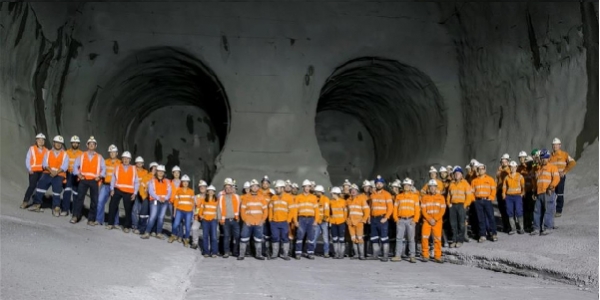Silica dust is one major health issue for Australian tunnelling industry. In Australia, tunnel construction workers have an increased risk of developing occupational disease when compared to the general construction industry such as lung cancer and silicosis.
The Australian Tunnelling Society is a strong proponent of the importance of health and safety in the tunnelling sector. In 2019, tunnel construction projects planned and under construction in the state of New South Wales (NSW), Australia are valued at up to $20 billion in total. The stakeholders of ATS took a proactive approach to this health issue through leveraging the strong experience of their membership and have produced a much needed body of knowledge to support an ever-growing industry.
This entry highlights the ambitions of the whole Australian industry for the prevention of health issues. Over the period of 12-months, the ATS facilitated an Air Quality Working Group (AQWG) which focused on sharing information to address the challenges associated with controlling silica dust and producing a much needed body of reference material that previously did not exist in the tunnel construction industry’s body of knowledge.
Several conclusions were produced by this initiative: standardised awareness material that could be effectively delivered during toolbox talks and tunnel inductions ; addressing higher-level business processes associated with the tunnel construction life-cycle so that the risk of silica dust exposure could be effectively considered by client organisations during project planning and design ; numerous case studies on engineering controls including those on ventilation scrubber systems, portal misting systems and Roadheader cabin air filtration, in addition to general information on ventilation.
Since its publication 4 months ago, the published body of knowledge has been accessed over 1,630 times, demonstrating the level of interest and importance of this work.
